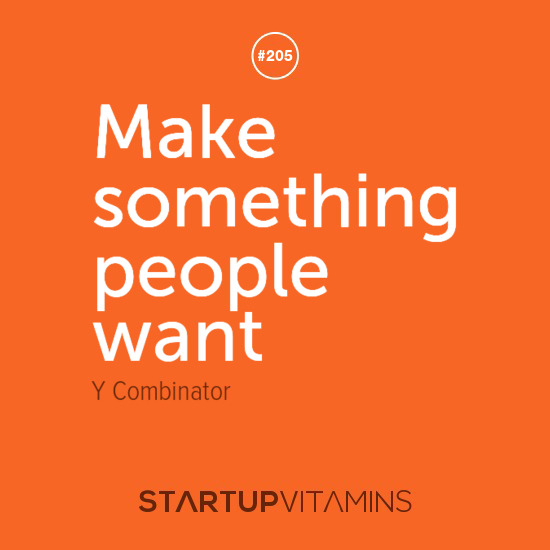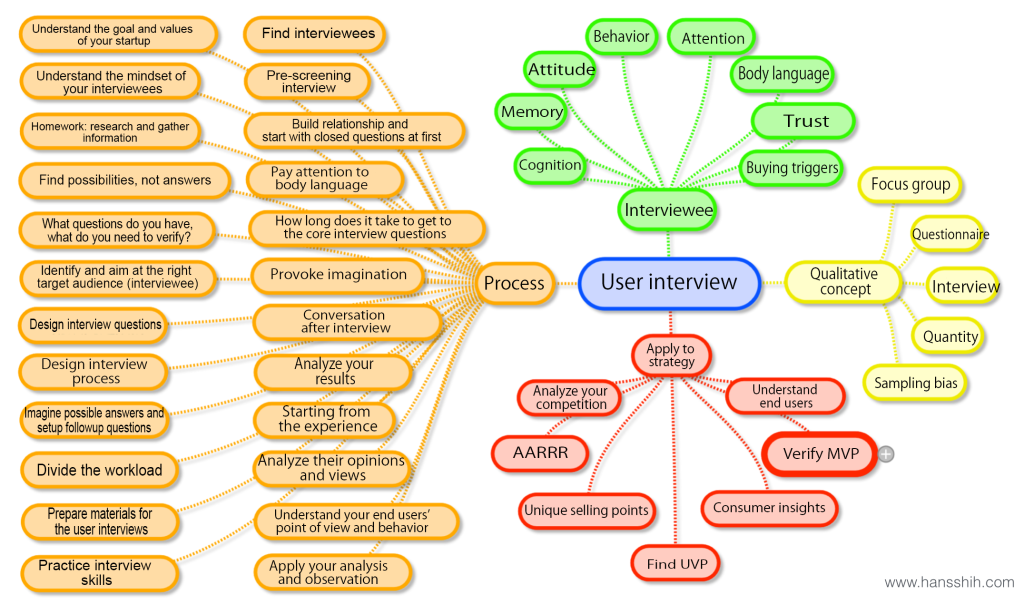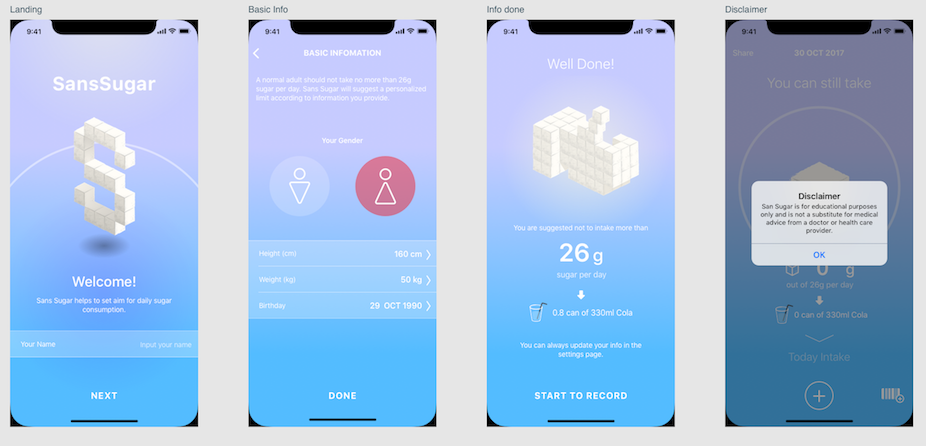
Y Combinator’s How to Start a Startup stressed two important things that every entrepreneur and early-stage startup needs to focus on: 1) building your product and 2) talking to your users. For the latter, they even got Twitch’s founder Emmett Shear to talk about How to Run a User Interview and his past experience of starting a business without running user interviews (versus running user interviews for Twitch) in a video lecture.
Two things that would likely happen to most people after watching How to Start a Startup.
- Continue to think and act the same way, as if nothing happened. Because one of the most common characteristics found in entrepreneurs is obstinate. Even if there were actual founders sharing their failures or success stories with them — they still seem unconcerned by the experience.
- Start talking to users, and yet they felt something’s not right in the process. Sometimes they might be confident with the results from a user interview, as if they’ve found some solid insights; sometimes they’re not, because they’re mixed up about the various opinions — different users and opinions have their point, but it starts to get confusing and they stop knowing which direction to follow, so they start doubting whether user interview is really useful.
These two situations seem very common. But learning all the techniques through an hour of How to Run User Interview is nearly impossible. It’s just like watching a series of videos from How to Start a Startup, would you really know how to run a successful startup afterward? It’s extremely unlikely.
Indubitably, there are people who know exactly what to do after reading some articles on Google, but there are even more people who thought they knew what they needed to do — especially in the early stage when you still have loads of confidence.
So is there any fast-track process that’ll guarantee the success of user interviews? The answer is obvious — no. But there are some ways that’ll help increase your efficiency and your chances of reaching your user interview goals.
User interview learnings should focus on these 4 different aspects.
1. Understand the status of your users.
The responses from an interviewee are affected by lots of things such as his/her memory and knowledge. A good interviewer needs to first recognize whether or not your interviewee is ready for the interview, and are you getting significant answers from him/her.
2. It’s really the opposite of quantitative research.
A user interview is one method of qualitative research, which helps early-stage startups explore the possibilities and values of the product when there’s little or no traffic. People who misunderstand the concept of qualitative research tend to use the same approach to analyzing quantitative research results; they may think the results are null because the sample size is not large enough — but of course this is a misconception.
3. User interview flow and techniques.
Remember: your interviewees are not search engines; it’s not going to be as simple as input/output, and sometimes they may not even be able to answer. You have to ask them in a way they understand, with the help of wording or imagery. You may need to provoke their thoughts and imagination, let them tell you the stories or things they might not plan to tell you at the beginning.
4. Utilizing the results.
Running user interviews for an early-stage product is all about getting to know your users, to test the product idea and the real values behind your services through the eyes of your target users. Other goals are, for example, finding the unique value proposition (UVP) that’ll hit the bull’s eye. Sometimes a good UVP just comes out of the mouths of your users unexpectedly. Besides, user interviews will help you analyze your position on the market, which gets you off on the right foot with competing against your competitors.
Both user interviews and product development are important for any early-stage startup. Y Combinator believes in this strongly is because that’s how startups understand their market and not to develop features that are unwanted by users. The ability to analyze the interview results is just as important as getting the answers out of your interviewees. In order for your user interviews to succeed, you need to know ‘the key’ to getting inside the mind of your interviewees, and getting the most valuable and effective response that’ll help shape the direction of your business.
Have any other user interview tips you’d like to share? Leave us a comment below.
If you find this post interesting, subscribe to our newsletter to get notified about our future posts!
Source:Special thanks to Hans for letting us translate this wonderful piece, see the original post in Chinese on Alpha Camp.









